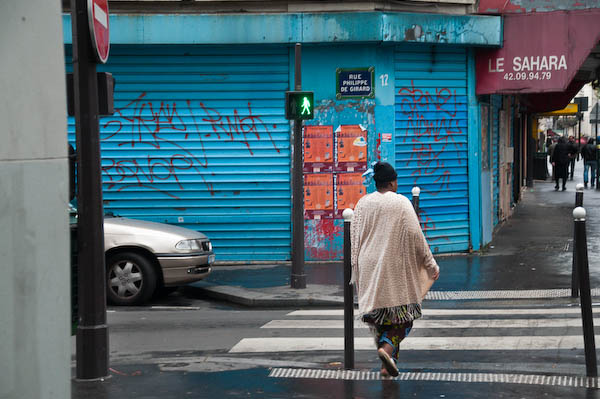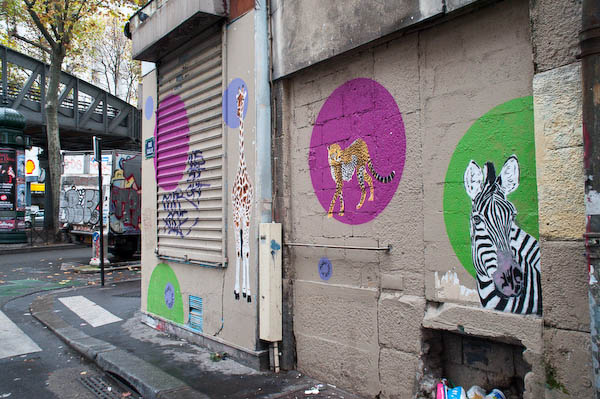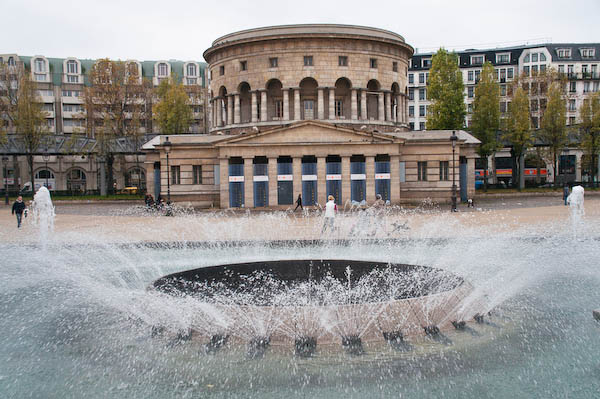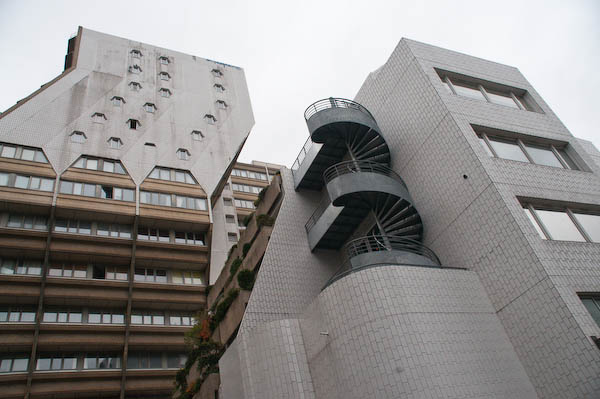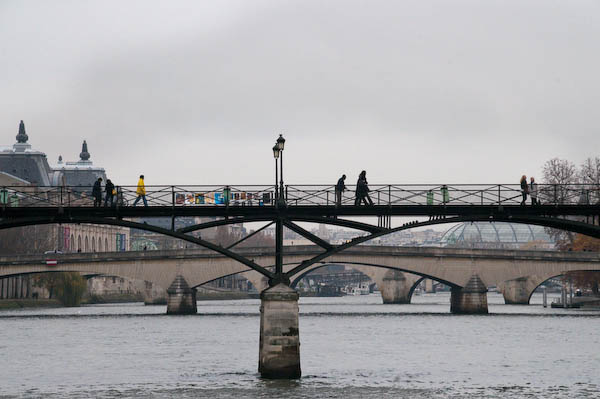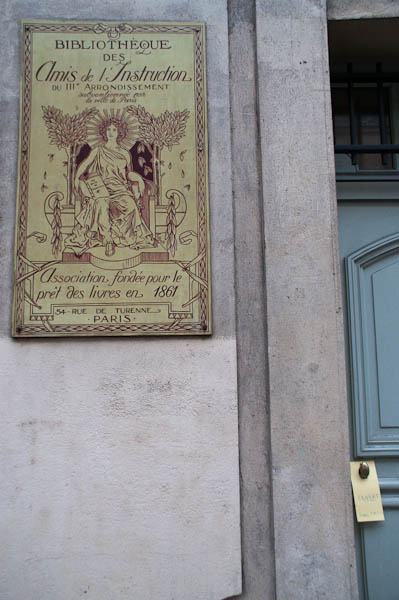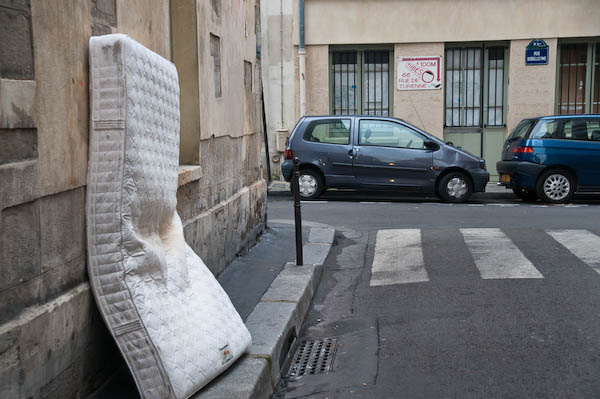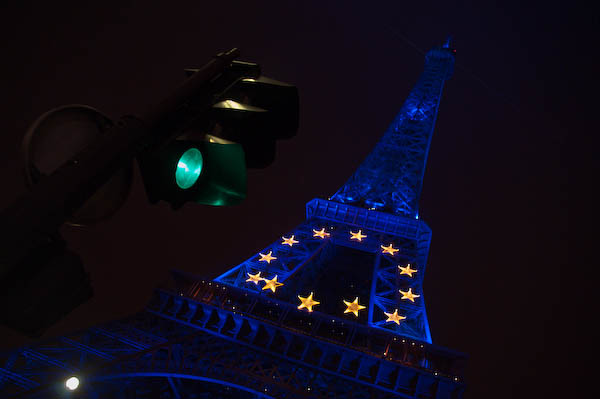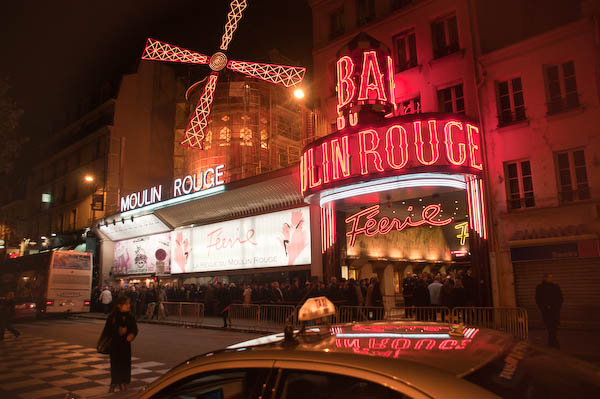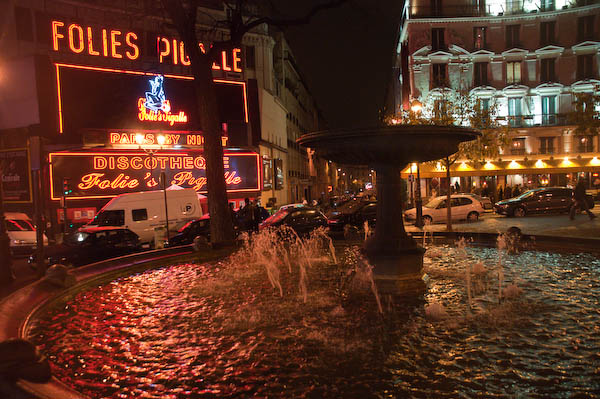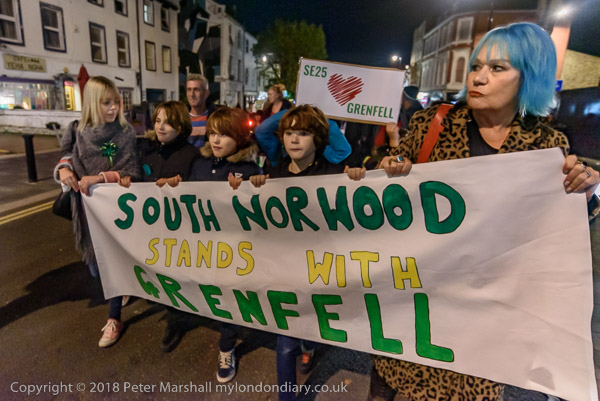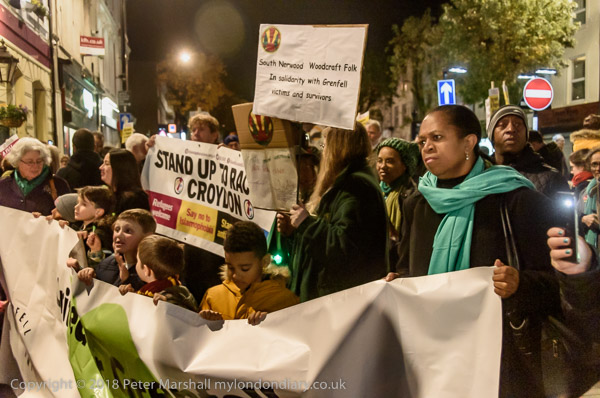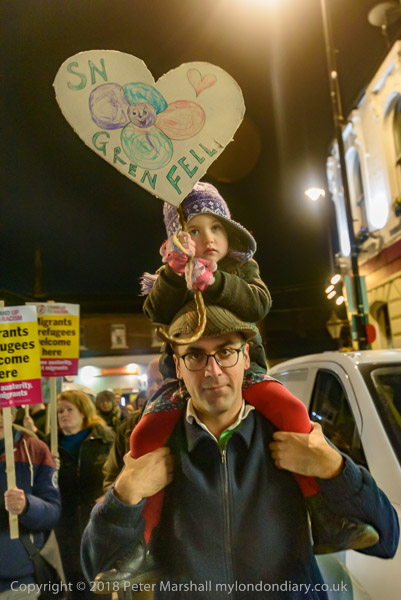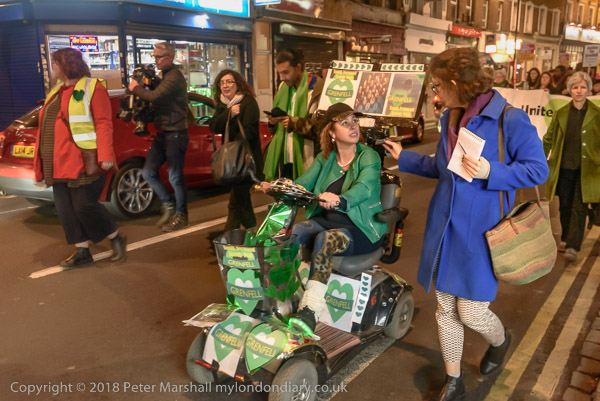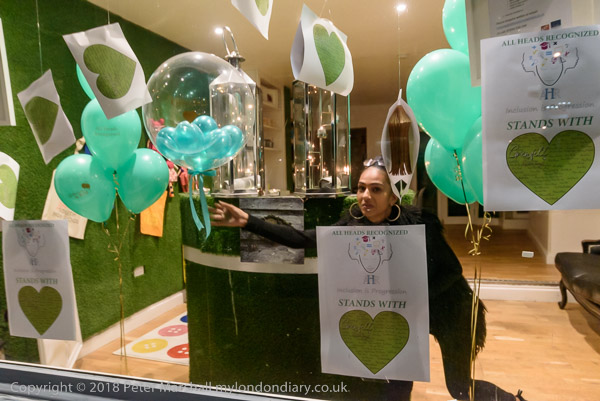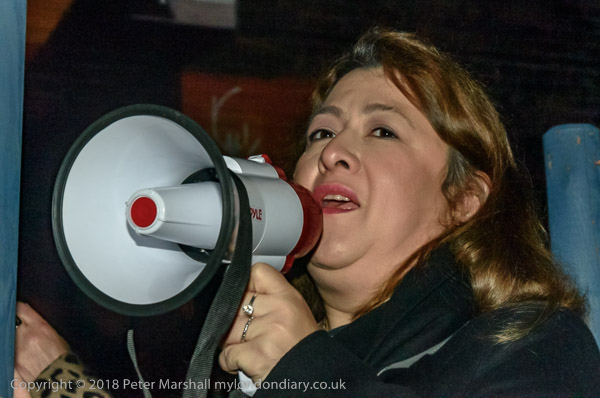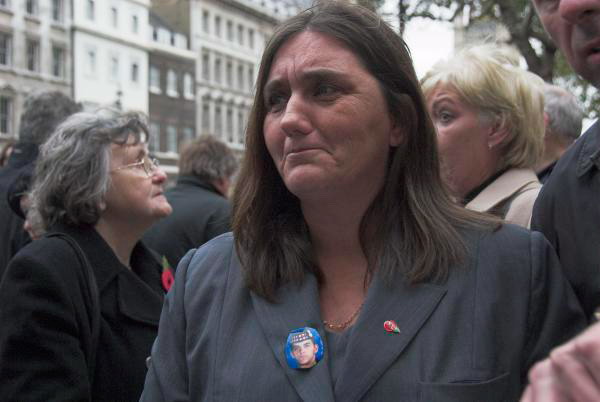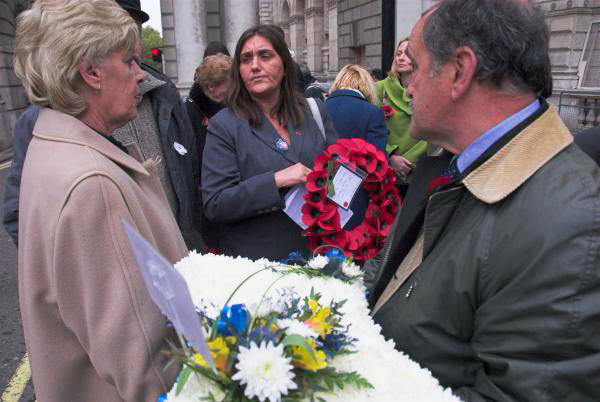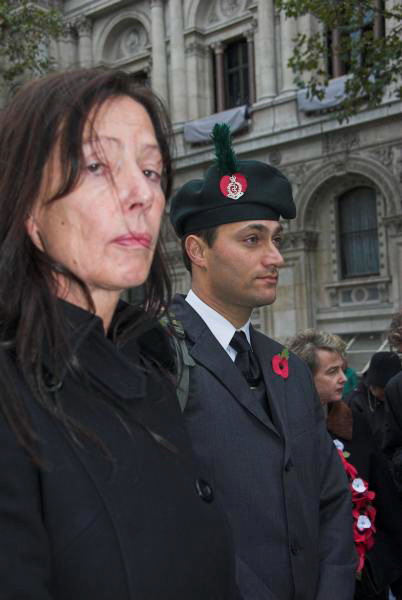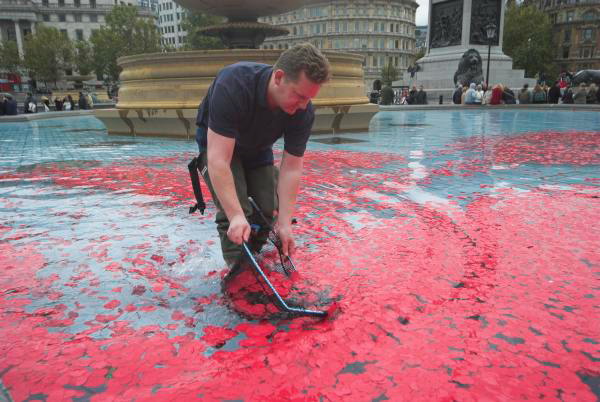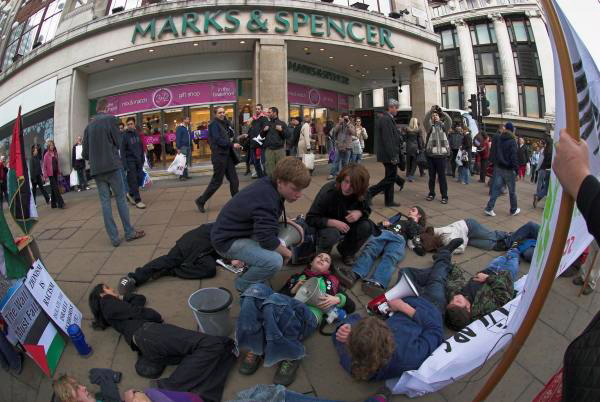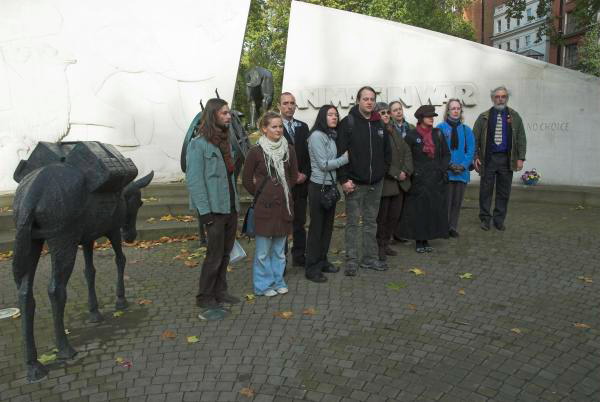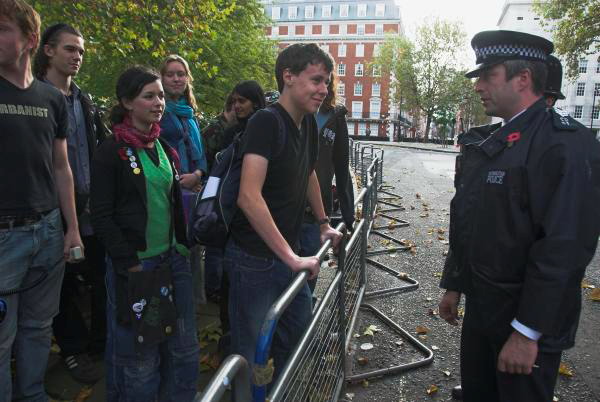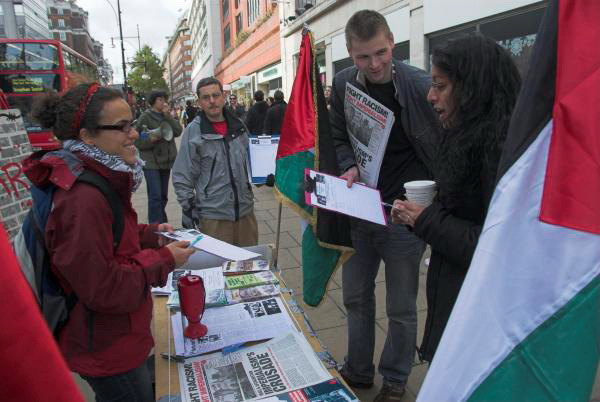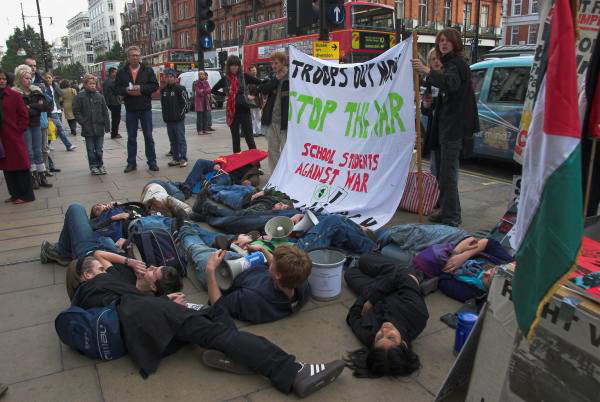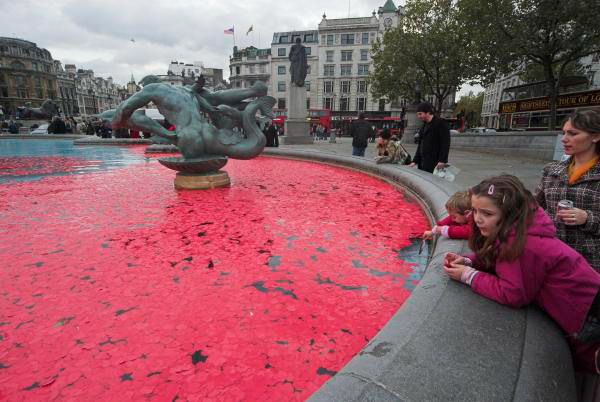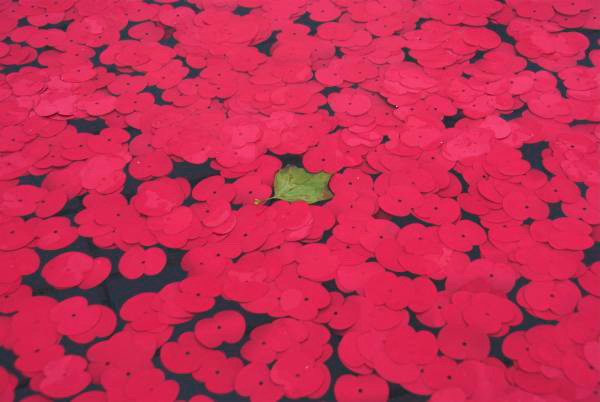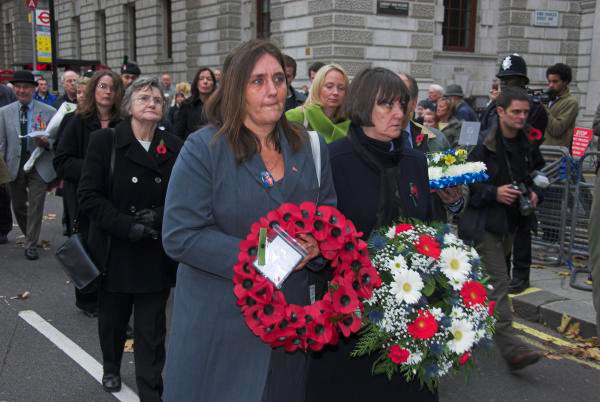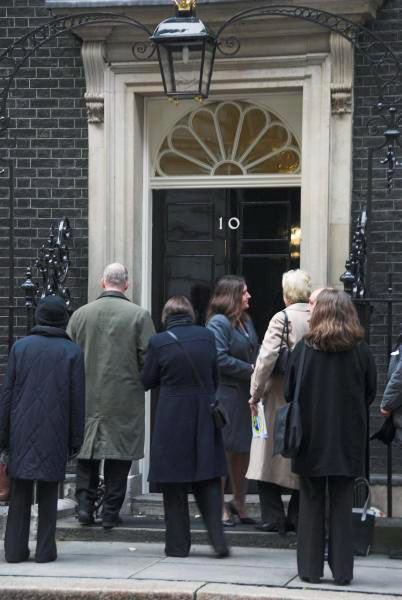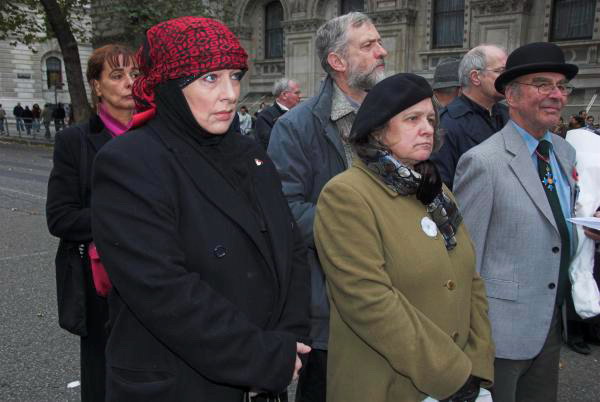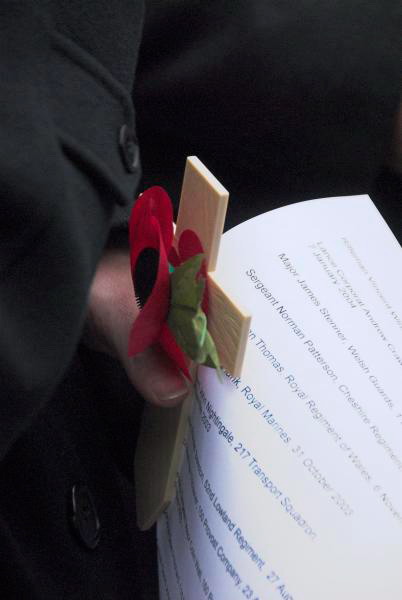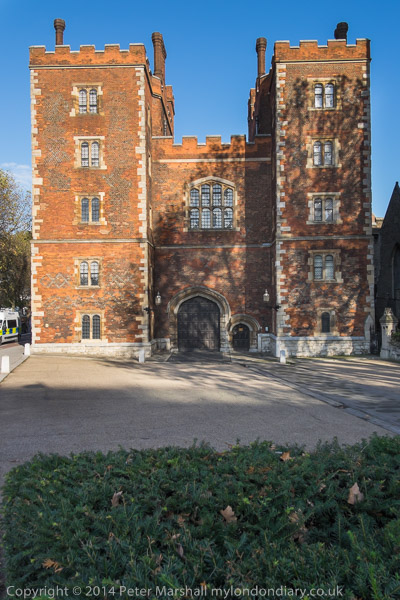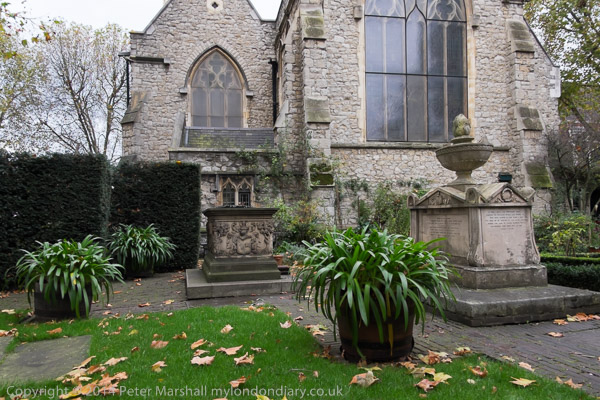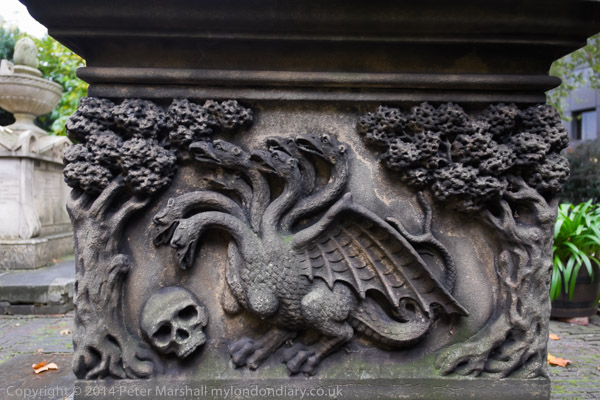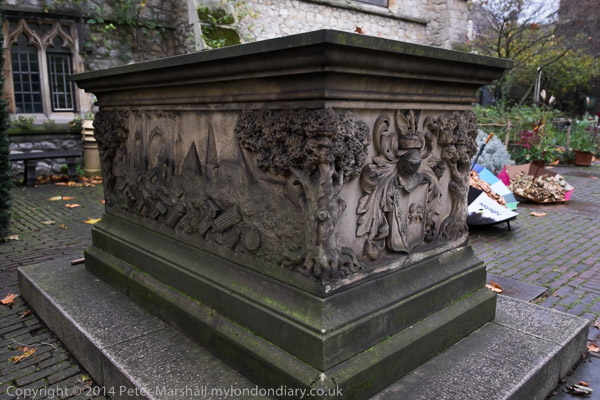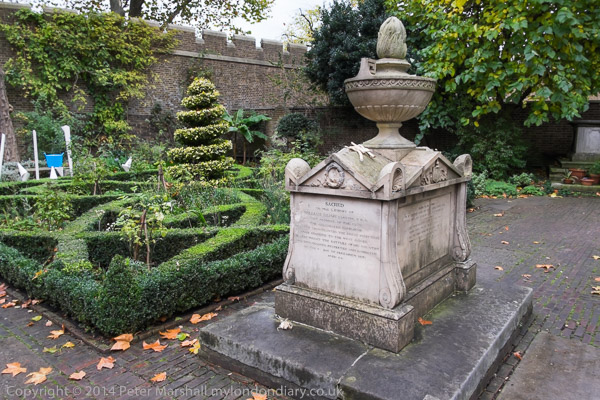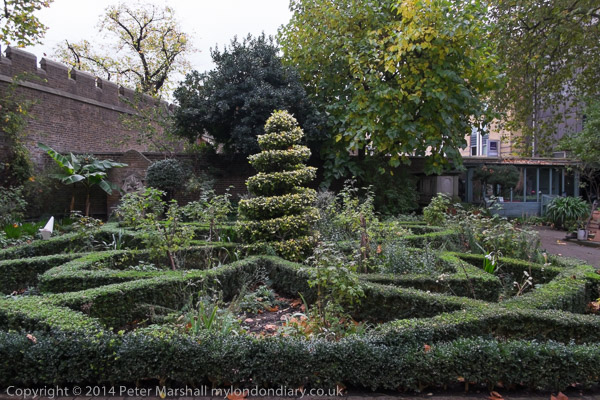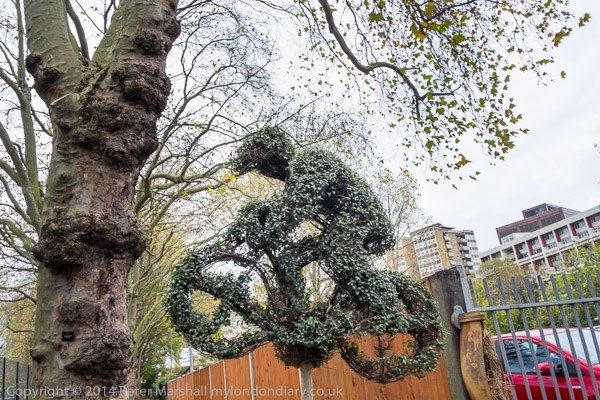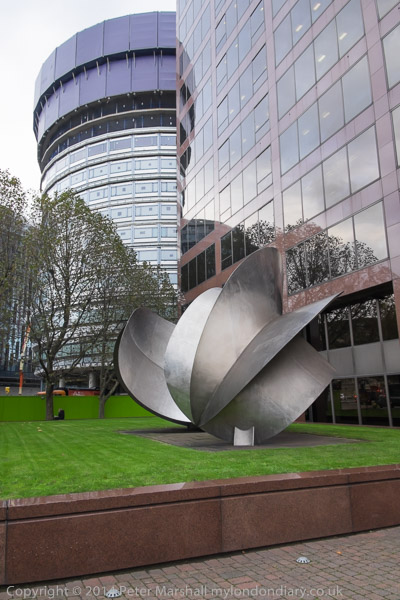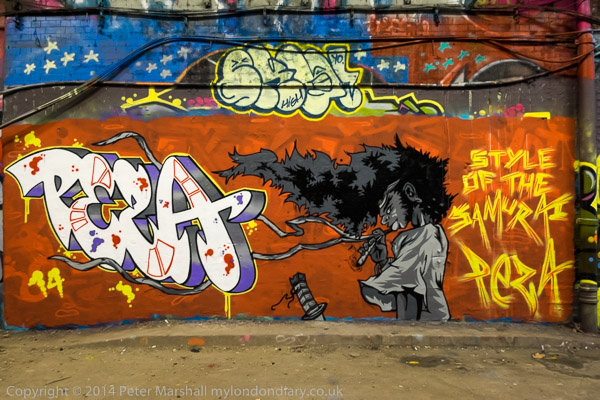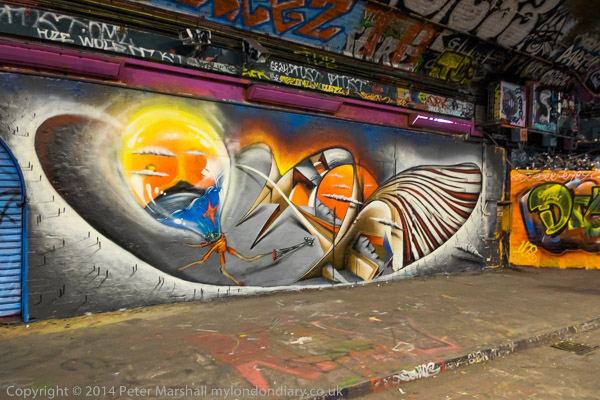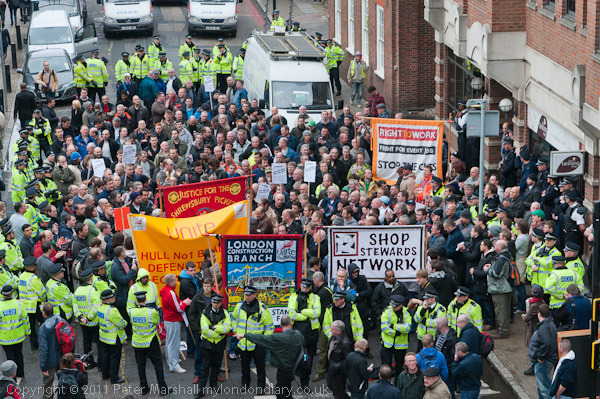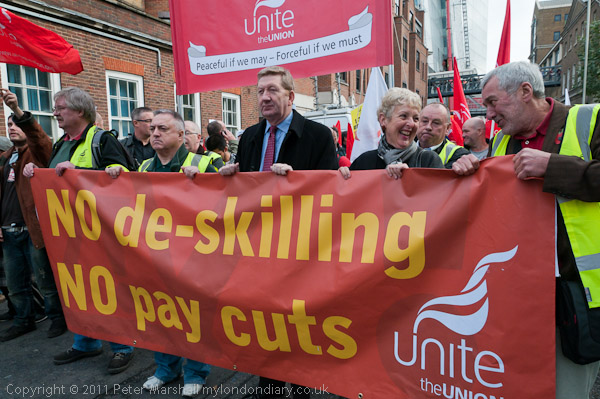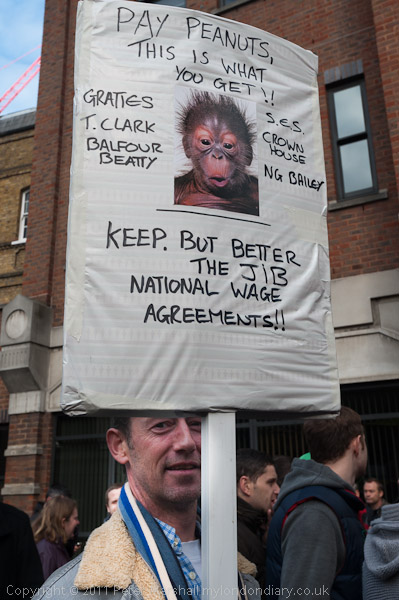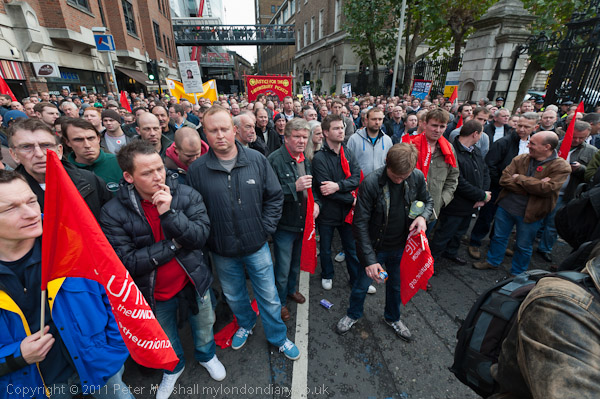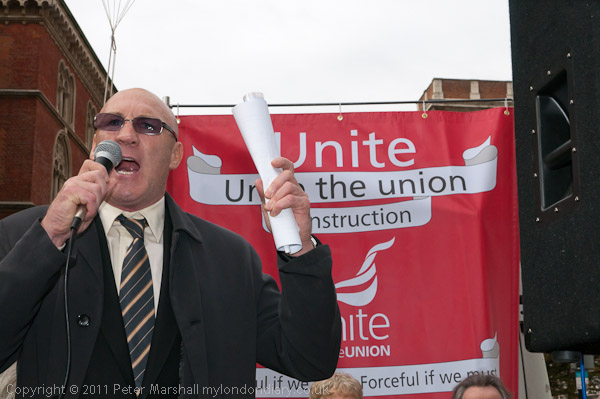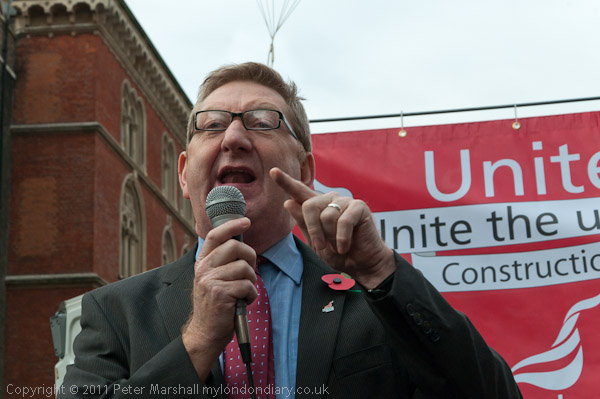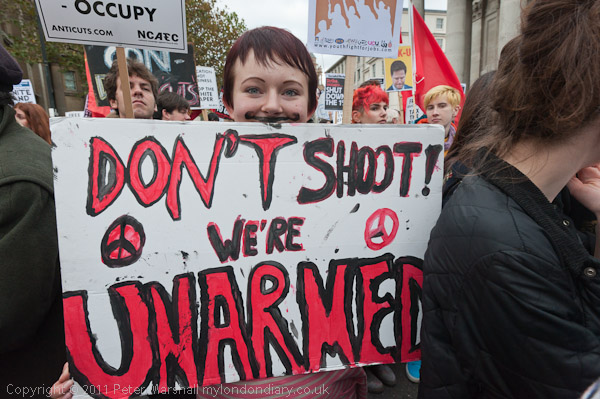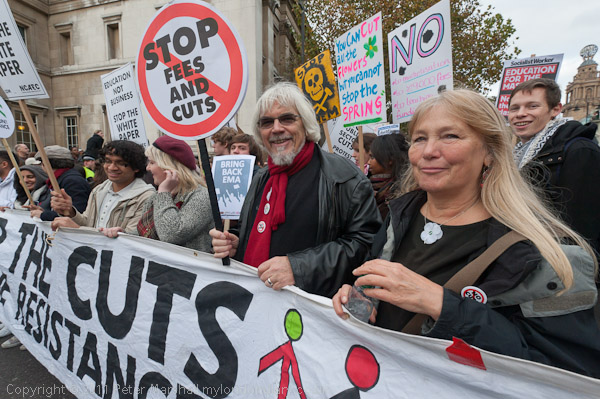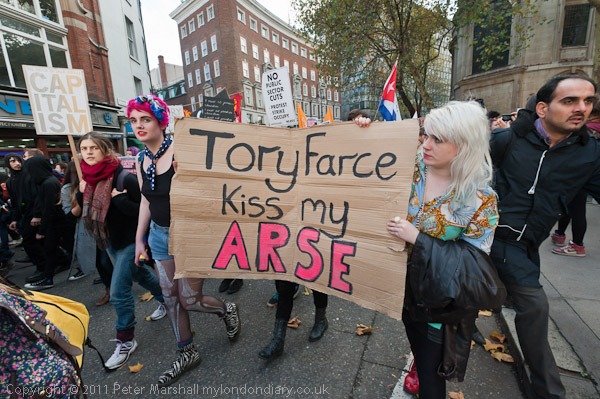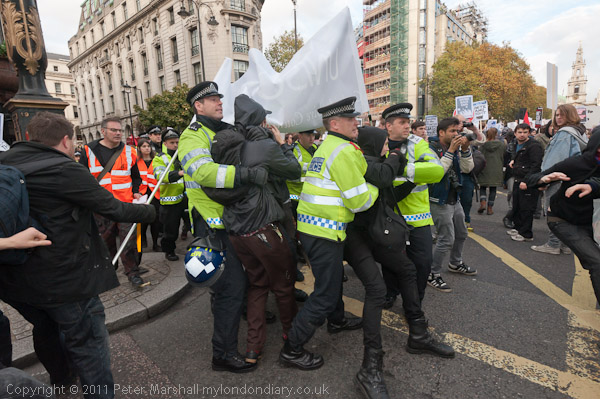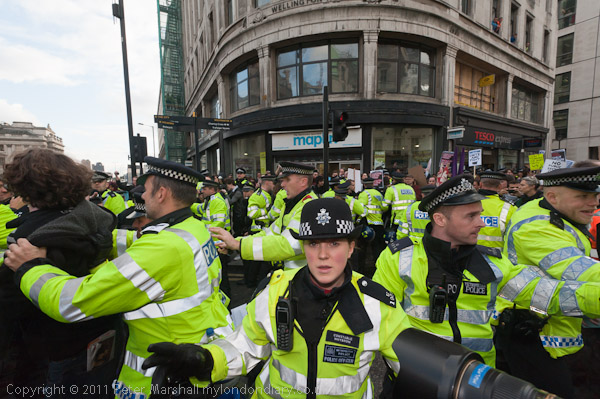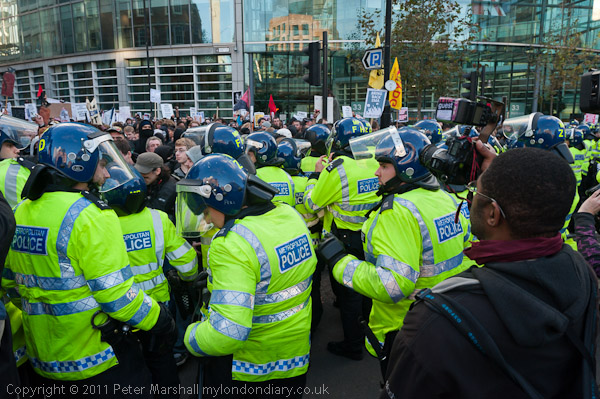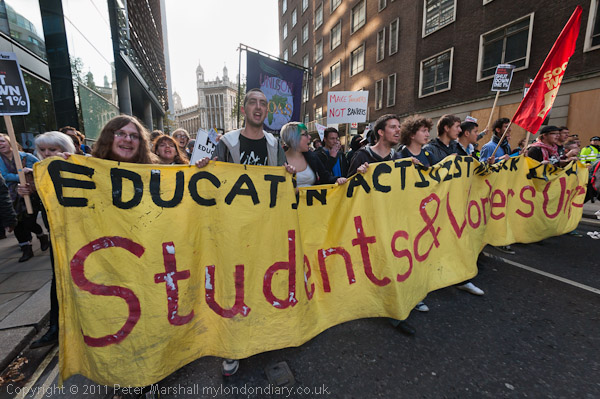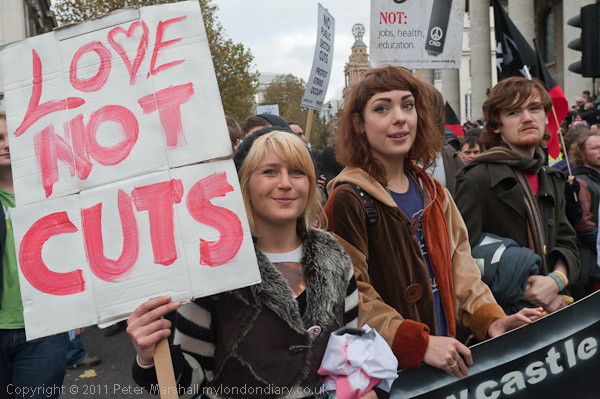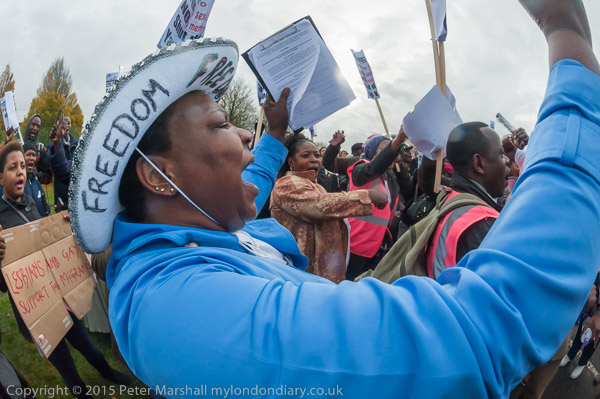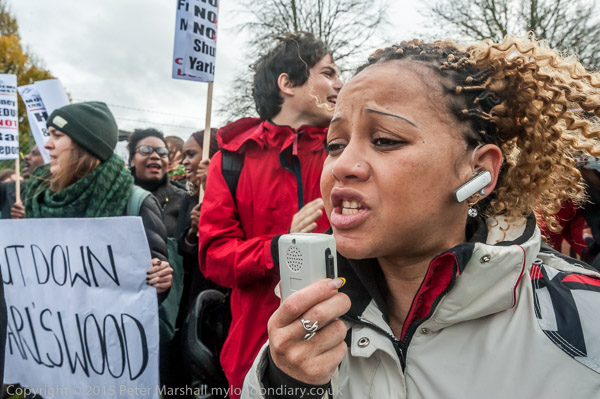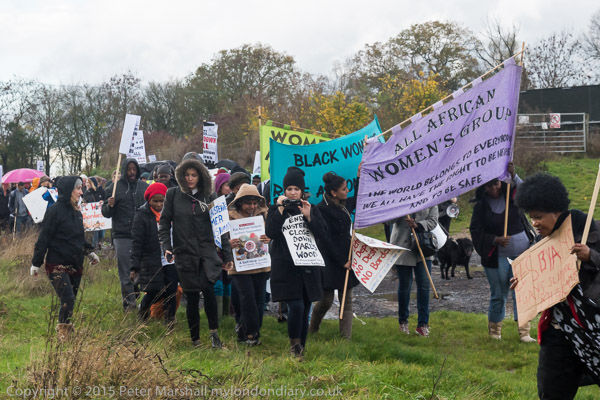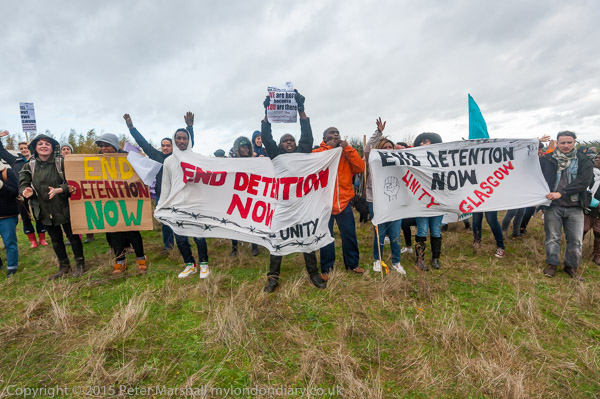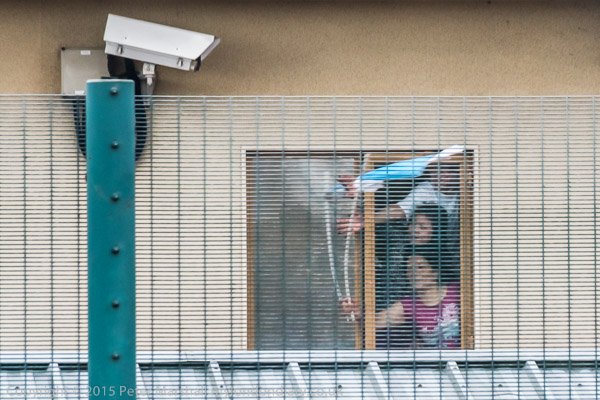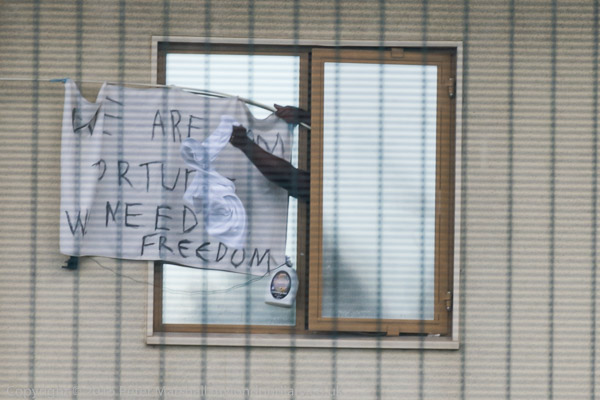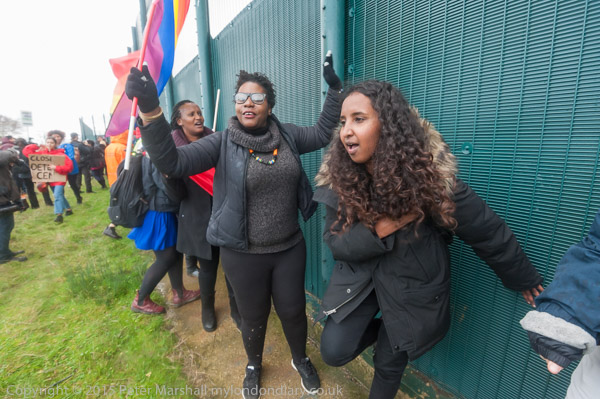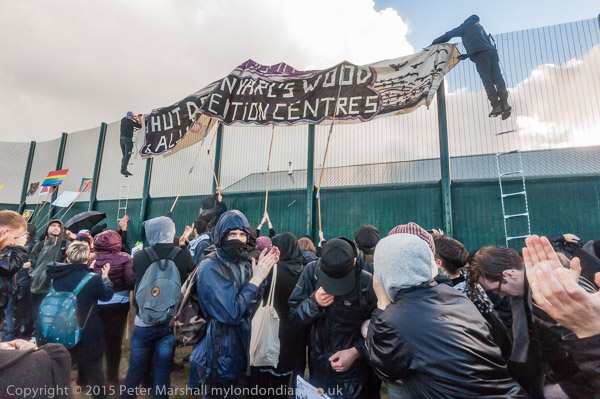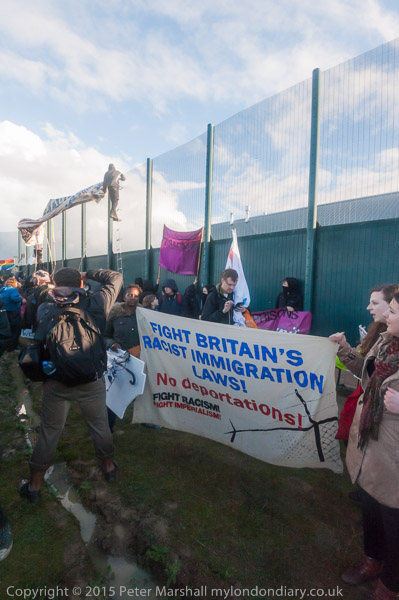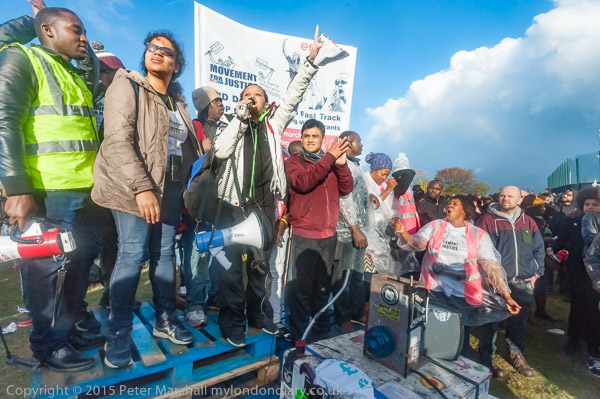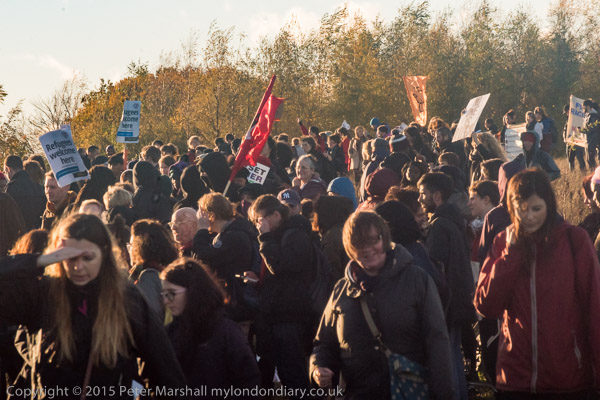Kick Boris out of Uxbridge – When Boris Johnson was coming to the end of his wrecking spell as Mayor of London he decided he wanted to confer the same benefit on the country and the first step in that was to become an MP again. So in the 2015 election he was elected as the member for Uxbridge and South Ruislip, a safe Tory seat on the edge of West London.
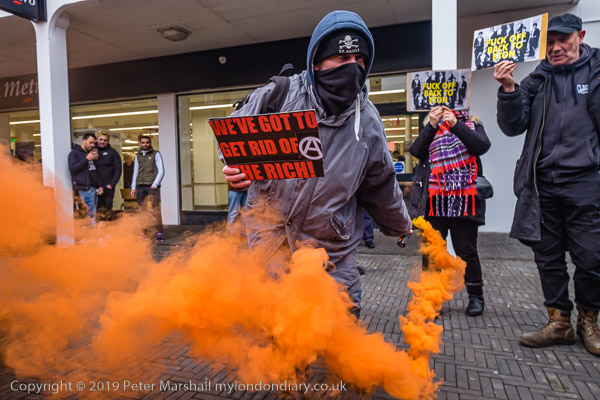
He got roughly the same percentage of votes – just over 50% – there in 2017, but the Labour candidate managed to cut his majority considerably, and there were hopes in 2019 that this trend might continue. Unfortunately it didn’t and Johnson increased his percentage of the vote by 1.8% while the Labour vote went down by a little more.
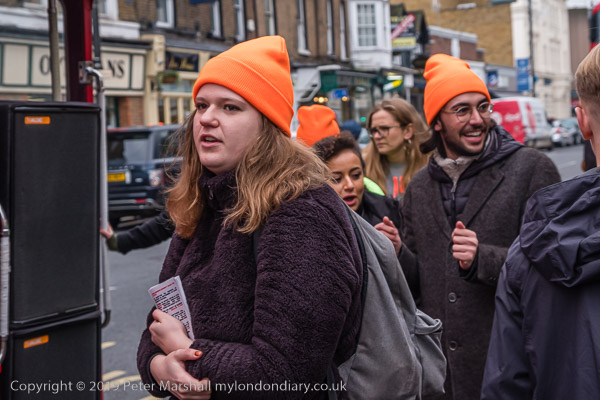
After Johnson’s resignation the by election there in 2023 was a close run thing, with the Tory vote down 7.5% and Labour’s up by 5.6% and the Tory candidate just scraping in with a majority of 495. Most commentators saw the result as being caused by the unpopularity of London Mayor Sadiq Khan’s ULEZ low emission zone extension which was to include the area later in the year overcoming the incredible unpopularity of the Tory government.
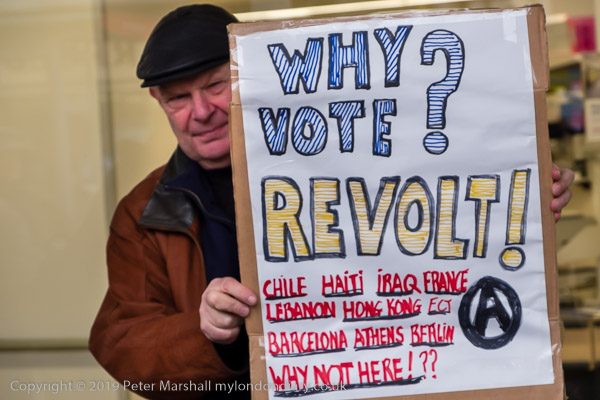
But in 2019, many felt Labour had a chance in what had for many years been a safe Tory seat with a solid blue vote of around 50%. And among them were a group who called themselves FCKBoris who came to campaign there against him on Saturday 16th November 2019.
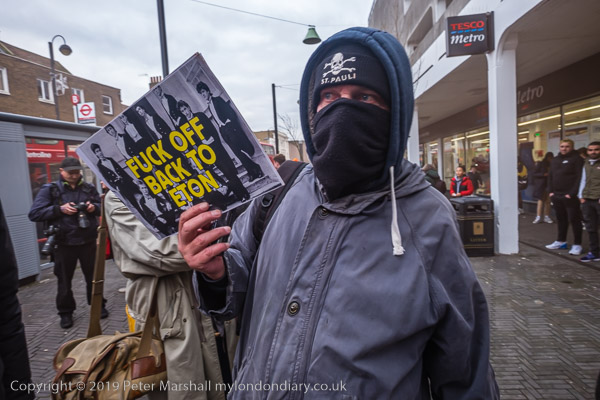
I went there to photograph them and others went to protest with them. Uxbridge is only around 7 miles from where I live, but it isn’t a place I often visit, not least because public transport on the edges of London isn’t too hot. There are no direct links and my fastest route is on a bicycle. But I was feeling lazy and instead took three buses, with waits at each change. Two years later we now have a sightly faster service, at least in theory.
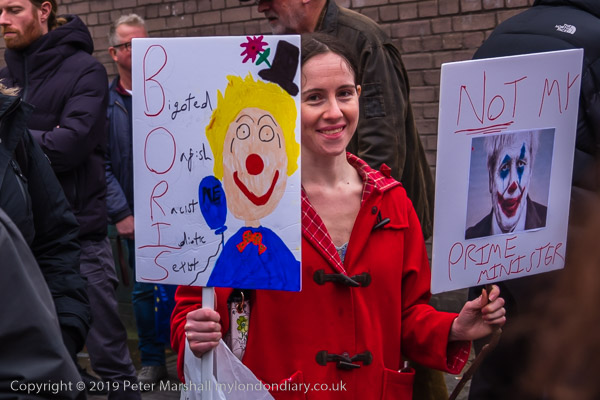
Arriving in Uxbridge I came across a fairly small group of people wearing orange woolly hats and handing out fliers with the message ‘Boris Doesn’t Want You to Vote…’ and telling people who were not registered how to get themselves on the electoral roll.

A few of London’s anarchists had travelled out from London to join them, bringing posters encouraging people not to vote but instead to revolt and some with photographs of the Bullingdon Club and the message ‘FUCK OFF BACK TO ETON’ – Johnson’s old school only a few miles away.
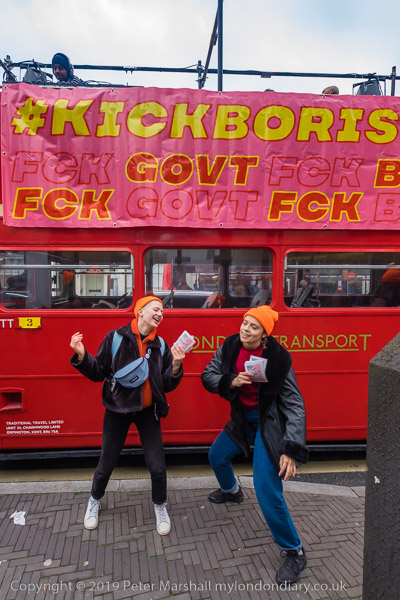
There were just a few other placards and banners, and also an open-top bus wth a large banner with the message #KICKBORISOUT from which a hefty sound system pumped out a rhythm that kept many of the campaigners dancing both on the street and on the top of the bus where I joined them briefly.
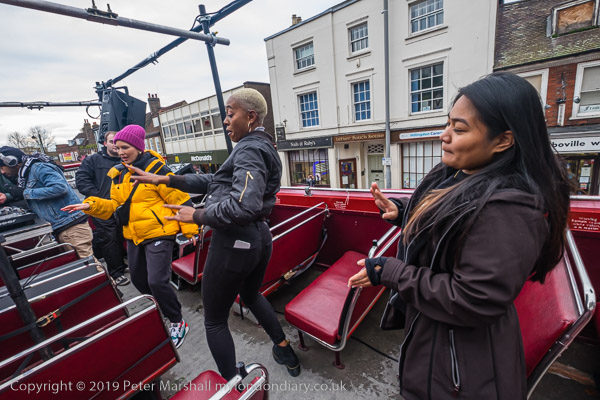
But the effectiveness of the bus was greatly reduced by the pedestrianisation of much of the town centre with an impenetrable one-way system and soon a police officer came along to tell the driver very politely that he couldn’t park where he was. And soon the bus and protesters set off slowly to march to Brunel University, accompanied by a handful of police.
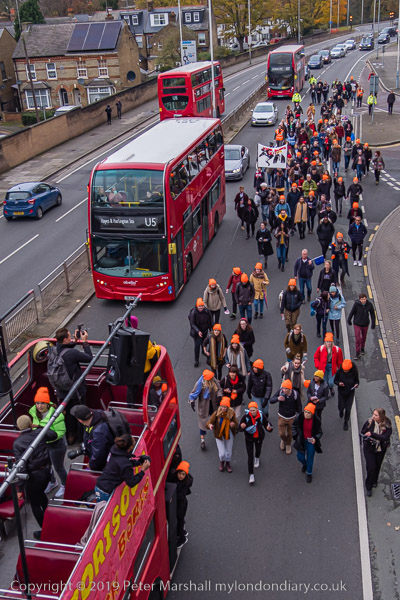
And it was perhaps the university and its students which was the main focus of the campaign with the message directed more at them. Although students can register to vote both at home and where they live during the universtiy term, relativley few generally bother to do so. So much of the messages of this protest were aime at them, though there were some posters which might have had a more general appeal, such as one describing Johnson as “UNFAITHFUL, LIAR, SELF-SERVING, WIFE BEATER? DRUNK?” and saying ‘Don’t trust Boris Johnson. Don’t give him your vote‘.
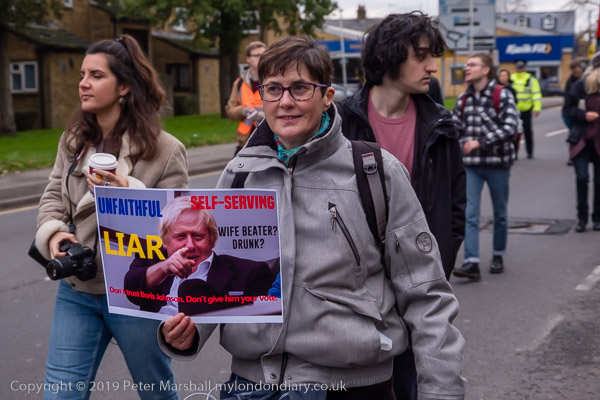
They were joined at Brunel by a few more protesters with posters including one wearing a rainbow flag and carrying a ‘Queers Against Boris’ poster and with FUCK BORIS written on her forehead,
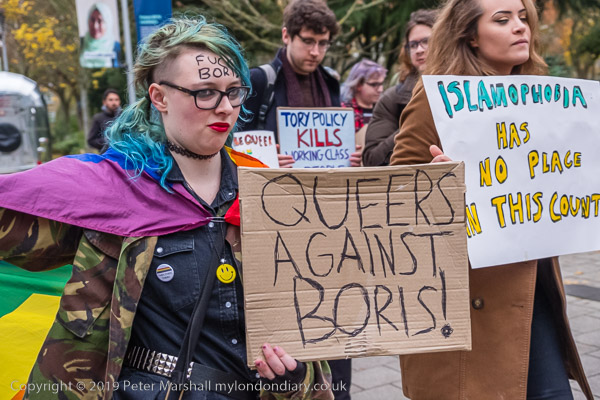
But otherwise once on the campus it seemed pretty deserted and people didn’t know what to do. Finally they formed up again behind the bus which drove off back towards the centre of the town. But I decided I’d walked enough and sat down at a bus stop for a long wait for a bus to Heathrow where I could wait again for a bus home.
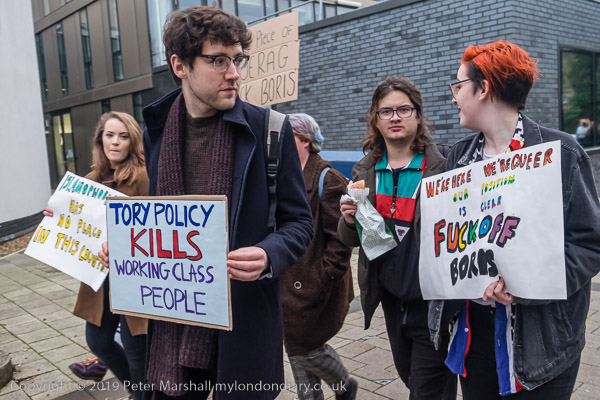
Probably the campaign had very little influence on the result of the election on 12th December, where the Tory campaign was almost entirely on their promise to “Get Brexit Done”. Johnson’s majority here was 7,210 and he went on to make the worst of all possible deals we are now suffering from, largely because of a Tory conviction that bluster and intransigence is the best form of negotiation.
More at Kick Boris out of Uxbridge.
